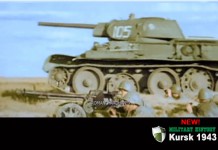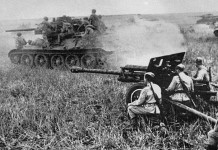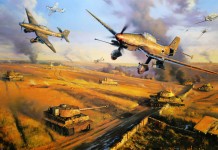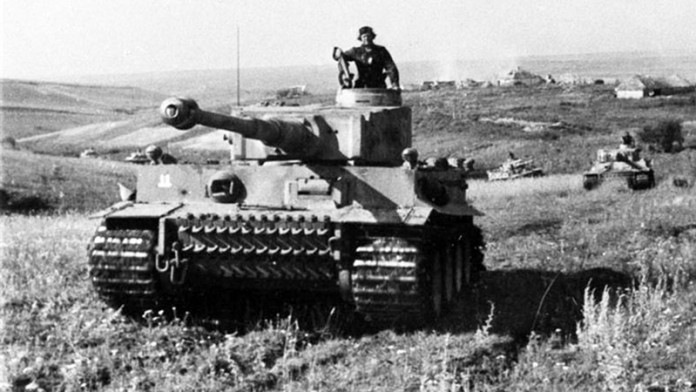
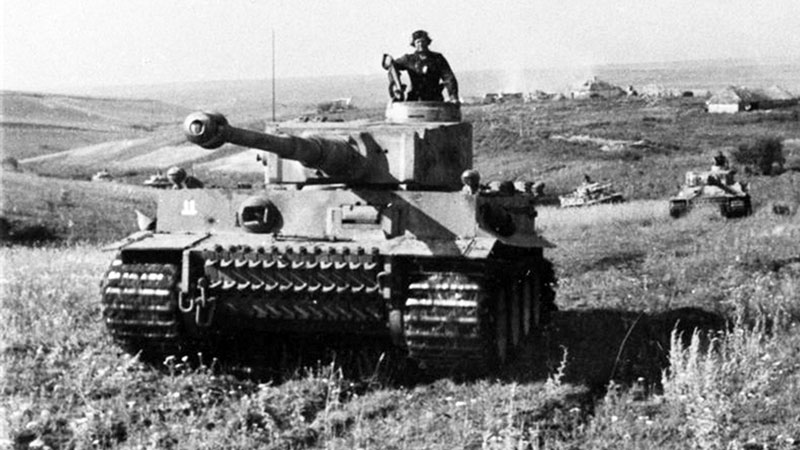
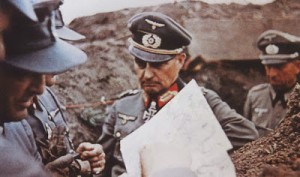
Commanding the 9th Army was General Walter Model a hard-driving, aggressive panzer commander. Born January 24, 1891, as the son of a music teacher in Genthin, Saxony, he fought in the Great War with distinction and quickly advanced his career, becoming Hitler’s expert in defensive warfare. Although a devout Nazi, he openly criticized Hitler’s Kursk Plan, with other generals, including the panzer expert Heinz Guderian, feeling that attacking was unnecessary, and the Germans should instead wait for the Soviets to launch their own offensive before defeating it. Model was also dubious about attacking with his 9th Army, pointing out that Konstantin Rokossovsky’s Central Front was strongly dug in and outnumbered him two to one in men, tanks and artillery.
As it turned out, indeed Model’s assault was a failure, as his Army quickly became enmeshed in the elaborate Soviet fortifications.

The fight over the capture of this important vantage point reached its climax when the Germans stormed the fortified villages on a dominant hill. The savage fighting over the possession of the Hill continued for hours, culminating, when a Soviet force led by Colonel Teliakov’s 107 Tank Brigade fell into a well concealed Tiger ambush, which in minutes destroyed nearly half of the Russian force. The scene was horrifying, as tanks exploded, surviving crew members having extricated themselves from their burning hulks, frantically searched cover, only to be killed by the German grenadiers. But as evening fell, General Model’s attack had reached its deepest point and was stalled in front of heavy enemy fire from their multi-trench defensive position. Next day at dawn Rokossovsky, at last, launched his first massive strategic counter attack upon the Orel salient. It was a crucially decisive move that decided the fate of Model’s offensive ambitions.




